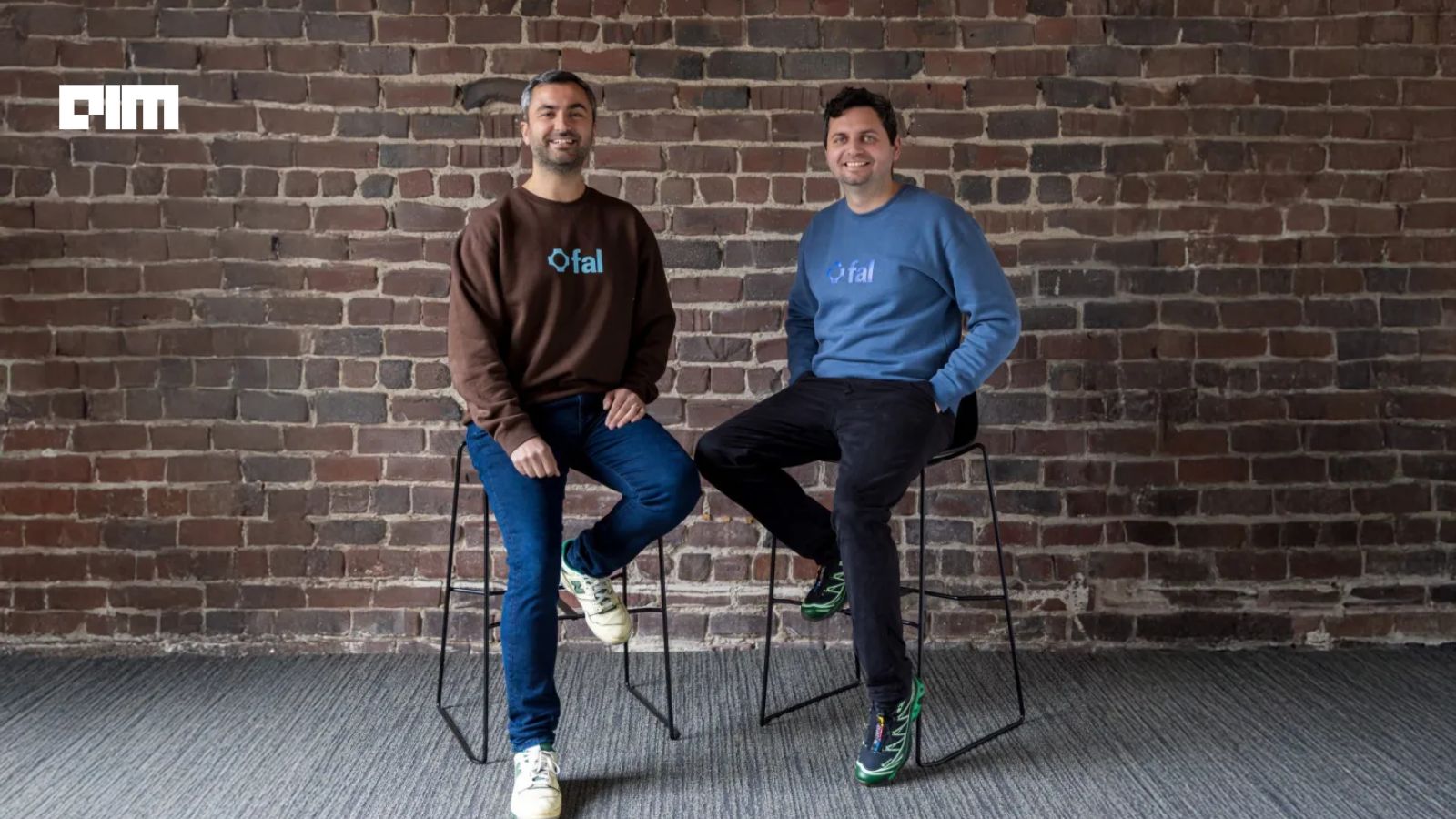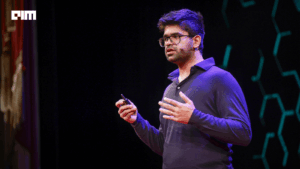In AI, timing is everything. Large language models have already reshaped software, search, and customer service. Video, meanwhile, remains a technical frontier which is highly anticipated, but still limited by latency, infrastructure, and accessibility. Fal, a generative media infrastructure company founded in 2021, is preparing for what it calls the “ChatGPT moment” for video and just raised $125 million to make sure it’s ready when it arrives.
“We don’t think the ChatGPT moment for video has happened yet,” said CEO Burkay Gur. “But we’re close.”
That anticipation has shaped nearly every decision Fal has made over the past two years from its early focus on inference infrastructure to its refusal to pivot toward large language models, even when growth temporarily stalled. Instead, the company concentrated on performance, speed, and usability across image, video, audio, and 3D workloads. The result: over 1 million developers, more than 100 enterprise customers, and billions of AI-generated assets served monthly.
Fal’s Series C round, led by Meritech Capital with participation from Salesforce Ventures, Shopify Ventures, and Google’s AI Futures Fund, values the company at $1.5 billion. The funds will be used to expand GPU capacity, grow the team, and scale Fal Serverless, a new platform for running custom generative media models.
“2025 is the year of AI video,” said Gur. “We suspected it was going to be big, but we had no idea it would be this big.”
From Python Optimization to Real-Time Generative Infrastructure
Fal was founded by Gur and longtime friend Gorkem Yurtseven. The original focus was machine learning tooling and compute optimization for Python-based workloads. Gur, who had previously worked on ML systems at Coinbase, believed there was a gap in infrastructure that could handle high-throughput, low-latency inference.
That thesis evolved rapidly. As diffusion models like DALL-E and Stable Diffusion gained popularity in late 2022, Fal began experimenting with inference-level optimization. The team built its own inference engine and began benchmarking performance across image models.
“We got pretty obsessed about how do we optimize these models? How do you run them more efficiently? And that’s kind of how we entered this market,” Gur said.
Performance became a differentiator. Fal’s platform could run diffusion models two to three times faster than standard solutions. This speed attracted early users building generative design tools, image editors, and creative platforms. By mid-2023, Fal’s infrastructure was powering real-time media generation for customers like Adobe, Canva, and Shopify.
“Latency kills creativity and productivity,” Gur said. “That’s why we focus on performance.”
Staying Focused While Others Chased LLMs
When the market pivoted sharply toward LLMs in 2023, Fal made a deliberate decision not to follow. Despite a period of flat revenue, the company stayed focused on visual and multimodal models.
“We could have pivoted to LLM inference but we decided to focus on image and video, where we already had technical advantages,” Gur said. “Staying specific would help us stay closer to our users and understand their problems better.”
That strategy aligned with customer usage. All of Fal’s early users were building similar types of creative applications, giving the company tighter feedback loops and domain expertise. The platform now hosts video models like Wan Pro and Kling, image models like Flux, and audio models from providers like Minimax.
Fal doesn’t host every model. Each one is benchmarked and tested for real-world performance before being added to the platform. “Many models from research labs or even big companies are cherry-picked—they only show the best results in demos,” said Gur. Fal runs internal benchmarks to verify quality, demand, and latency before rollout.
From Developer Tool to Creative Infrastructure
Fal’s platform was built with developers in mind, but the team quickly realized that performance and ease-of-use could serve a broader audience. The company now offers both API integrations and a web-based frontend that allows developers and non-technical users to chain models, experiment, and test workflows without friction.
“Turns out, if you build a really, really good developer product, you’ve also built a good product for non-technical people and those definitions are even changing now,” Gur said.
The company has also built its own CDN and serverless architecture for model deployment, allowing users to run open-source, private, or commercial models through a single interface without DevOps complexity.
Fal Serverless and the Path Forward
The newly announced Fal Serverless offering will allow enterprise teams and startups to deploy their own generative media models using Fal’s infrastructure stack. With GPU demand continuing to rise, the company is investing heavily in infrastructure expansion and operational scale.
“To be able to handle this tremendous growth, we are doubling down in all areas of our business,” Gur said. “More support, more go-to-market, and a larger GPU fleet.”
In the past year, Fal’s revenue has grown 60x, fueled by increased usage across image and video workloads. Despite the scale, Gur maintains that the market is still in its early stages.
“We are very certain that it is still early for generative media models,” he said.
Creation Is Cheap. Creativity Is Not.
While generative AI has sparked resistance from creative communities, Gur believes adoption is accelerating. Rather than replacing artists, he sees tools like Fal as reducing the technical and financial barriers to production.
“These models really just reduce the cost of creation by insane amounts,” Gur said. “But the cost of creativity is still high.”
That distinction between creation and creativity is Fal’s long-term strategy. Rather than building end-user apps, it aims to be the platform that makes real-time, personalized content generation possible across industries. For now, the ChatGPT moment for video remains a future event. But they want to be synonymous with generative media as Gur said.










